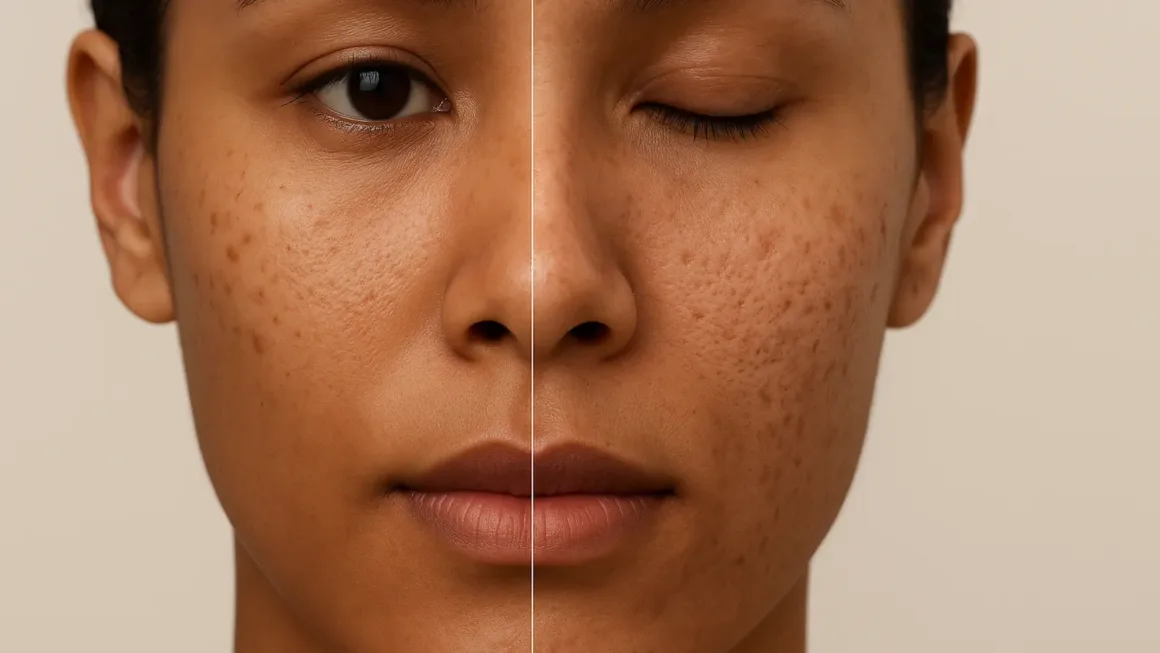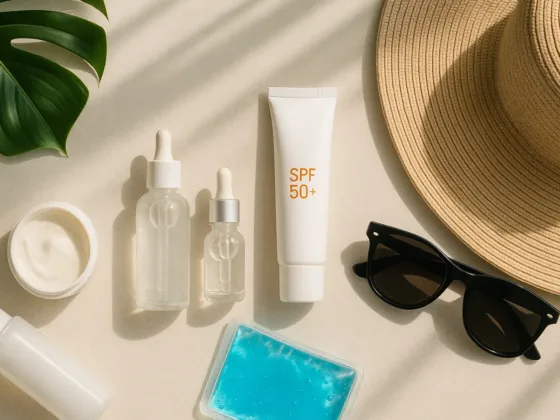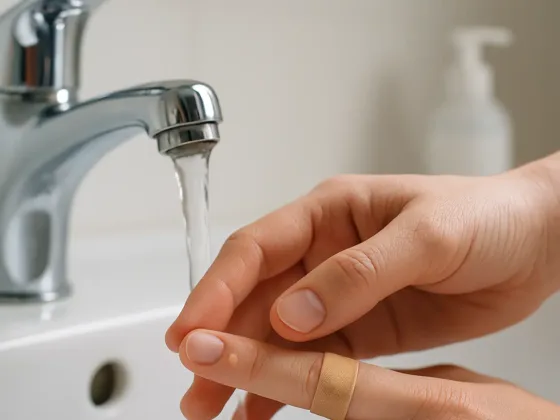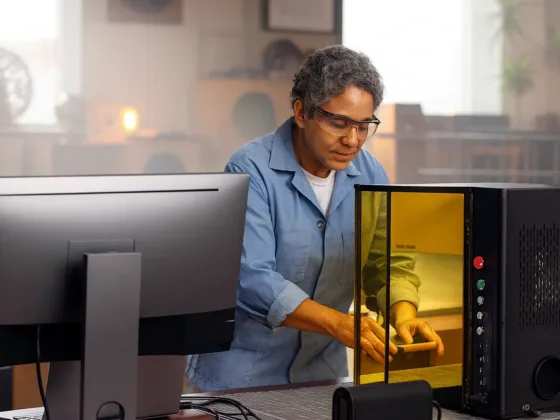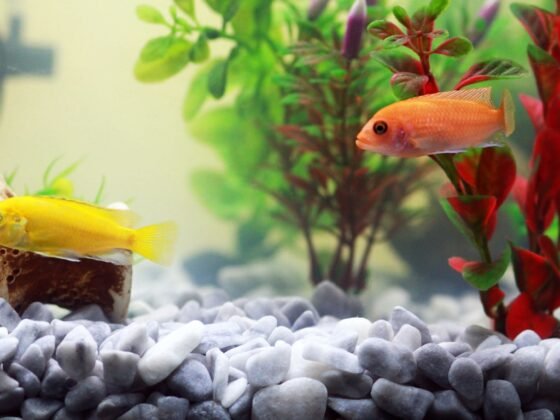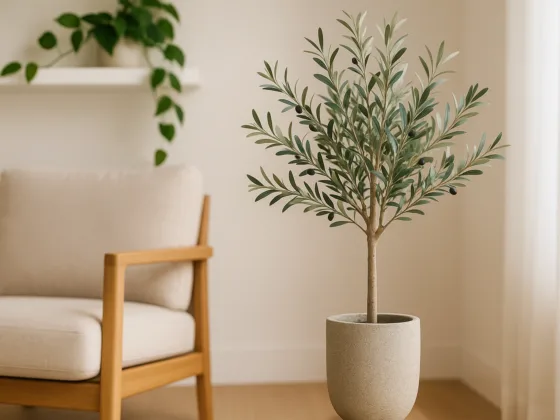Table of Contents Show
Acne doesn’t always end when the breakouts stop — for many, what follows can be just as frustrating. Those lingering dark spots and uneven textures can make your skin look tired or uneven long after the pimples have healed. Understanding whether you’re dealing with marks or scars is the first step to knowing how to treat them effectively. According to experts at leading clinics for remove acne scars Singapore, the two conditions may look similar at first glance, but they form in completely different ways — and therefore require very different approaches to treatment.
What Are Acne Marks?
Acne marks — medically known as post-inflammatory hyperpigmentation (PIH) or post-inflammatory erythema (PIE) — are flat, discoloured spots that appear after inflammation subsides. They’re not true scars because the skin’s surface remains smooth; instead, they result from the body’s natural inflammatory response to acne.
PIH appears as brown or dark spots, while PIE presents as red or pink patches, depending on your skin tone and how your skin heals. These marks are temporary and typically fade with time, though they can persist for months without proper care.
Why They Happen
When acne lesions heal, your skin produces excess melanin — the pigment responsible for colour — or experiences lingering blood vessel dilation. This response can leave behind visible traces of inflammation, especially if you’ve picked or squeezed your pimples.
The good news is that acne marks don’t involve permanent structural changes in the skin. They sit on the surface, meaning they respond well to topical treatments and preventive measures like sunscreen and antioxidants.
What Are Acne Scars?
Acne scars, on the other hand, occur when inflammation damages the deeper layers of the skin, disrupting collagen and elastin production. Unlike marks, scars alter your skin’s texture and are usually permanent unless treated professionally.
There are two main types of acne scars:
- Atrophic scars (depressed): These include ice-pick scars, boxcar scars, and rolling scars. They appear as indentations on the skin due to collagen loss.
- Hypertrophic or keloid scars (raised): These occur when too much collagen is produced during healing, creating thickened, elevated tissue.
Why Scars Form
When acne lesions penetrate deeply into the skin, the follicle wall can rupture, allowing infected material to spill into surrounding tissue. The body rushes to repair the damage with collagen, but sometimes it produces too much or too little, leading to visible scarring.
Genetics, acne severity, and the habit of picking or squeezing pimples all influence whether you’ll develop scars.
Acne Marks vs. Acne Scars: Key Differences
| Feature | Acne Marks | Acne Scars |
| Texture | Smooth | Uneven (indented or raised) |
| Colour | Red, pink, brown, or dark | May match skin tone or look discoloured |
| Depth | Surface-level (epidermis) | Deep (dermis and below) |
| Cause | Pigment or vascular changes | Collagen damage during healing |
| Treatment | Topicals, brightening agents, sun protection | Procedures like laser, microneedling, peels |
| Duration | Temporary | Permanent unless treated |
In short, acne marks are about colour, while scars are about texture.
Why the Difference Matters
Many people waste months treating acne scars with creams meant for pigmentation, or vice versa. Knowing which one you have saves time, money, and frustration.
- If you have marks: patience and consistent skincare can make a noticeable difference.
- If you have scars: you’ll need professional treatments that stimulate collagen or remodel the skin structure.
This distinction helps dermatologists create realistic treatment timelines and combine therapies that actually work.
Treating Acne Marks
Since acne marks involve pigmentation, the goal is to fade discolouration and restore even tone.
1. Sun Protection
UV rays can darken post-acne marks, making them harder to treat. Wearing a broad-spectrum sunscreen with SPF 30 or higher daily is essential. Reapplying every few hours keeps pigmentation from deepening.
2. Topical Brightening Ingredients
Ingredients like vitamin C, niacinamide, and azelaic acid help fade brown or red marks by slowing melanin production and improving cell turnover. These can be found in serums and moisturisers suitable for daily use.
3. Gentle Exfoliation
Chemical exfoliants like AHAs (glycolic acid) or BHAs (salicylic acid) remove dead skin cells and speed up renewal. Used once or twice weekly, they gradually even out tone without causing irritation.
4. Patience and Consistency
Unlike scars, marks fade gradually. With consistent skincare and sun protection, most post-inflammatory pigmentation improves within 3–6 months.
Treating Acne Scars
True scars require a different approach since the issue lies beneath the surface. Over-the-counter products can’t rebuild lost collagen or remodel damaged tissue — but dermatological procedures can.
1. Microneedling and RF Microneedling
Microneedling creates micro-injuries in the skin to trigger collagen regeneration. When combined with radiofrequency (RF) technology, it penetrates deeper layers, improving skin firmness and texture.
2. Laser Resurfacing
Fractional CO₂ or picosecond lasers target deeper layers of skin to smooth out indented scars and stimulate new collagen. These treatments require professional assessment and may involve downtime depending on intensity.
3. Chemical Peels
Medium-depth peels with glycolic or trichloroacetic acid help resurface the skin by removing damaged layers and promoting regeneration. They’re effective for mild to moderate scarring.
4. Subcision and Fillers
For rolling or depressed scars, subcision loosens fibrotic bands under the skin, and dermal fillers can lift sunken areas to restore smoothness.
5. Combination Treatments
Dermatologists often combine these procedures for the best outcome, spacing them several weeks apart to allow full healing and collagen development.
Preventing Marks and Scars in the First Place
Prevention always beats correction. A few small changes in how you manage breakouts can dramatically reduce post-acne damage:
- Treat acne early. Don’t wait for it to worsen before seeing a dermatologist.
- Avoid picking or squeezing. This worsens inflammation and increases the risk of scarring.
- Stick to non-comedogenic skincare. Avoid products that clog pores or irritate skin.
- Keep your skin barrier healthy. Hydration and gentle cleansing support natural healing.
When to See a Dermatologist
You should consider professional advice if:
- Marks or scars persist for more than six months.
- Home remedies haven’t made noticeable improvement.
- You notice pitted or raised texture.
- Acne keeps recurring despite treatment.
A dermatologist can assess whether you’re dealing with pigmentation, scars, or a combination of both — and design a plan that fits your skin type and lifestyle.
The Takeaway
Acne marks and scars may share a common origin, but they require completely different treatments. Marks are surface-level and fade with consistent skincare, while scars involve deeper structural changes that need professional procedures.
If you’re tired of stubborn discolouration or uneven texture, seeking help from a dermatologist experienced in acne scar management can make all the difference. Clinics specialising in remove acne scars Singapore offer advanced treatments designed to restore smoother, clearer skin — helping you regain confidence and achieve lasting results.
